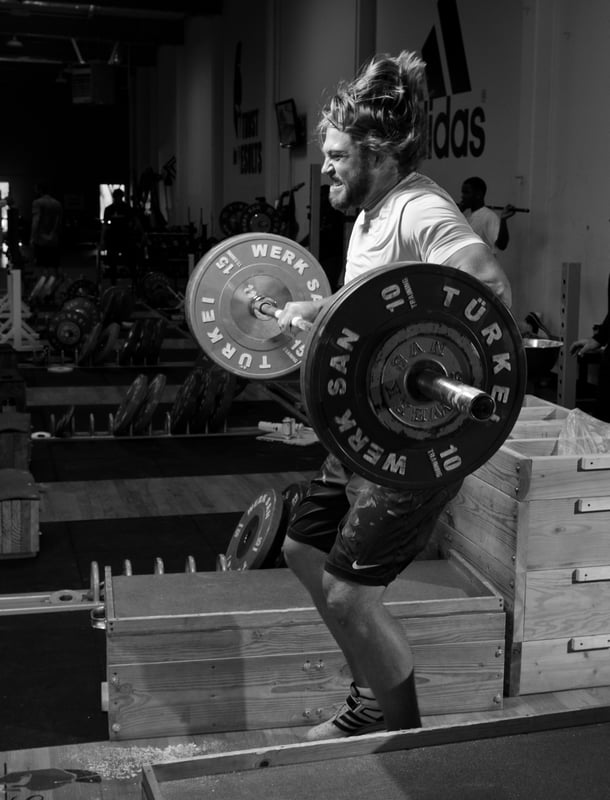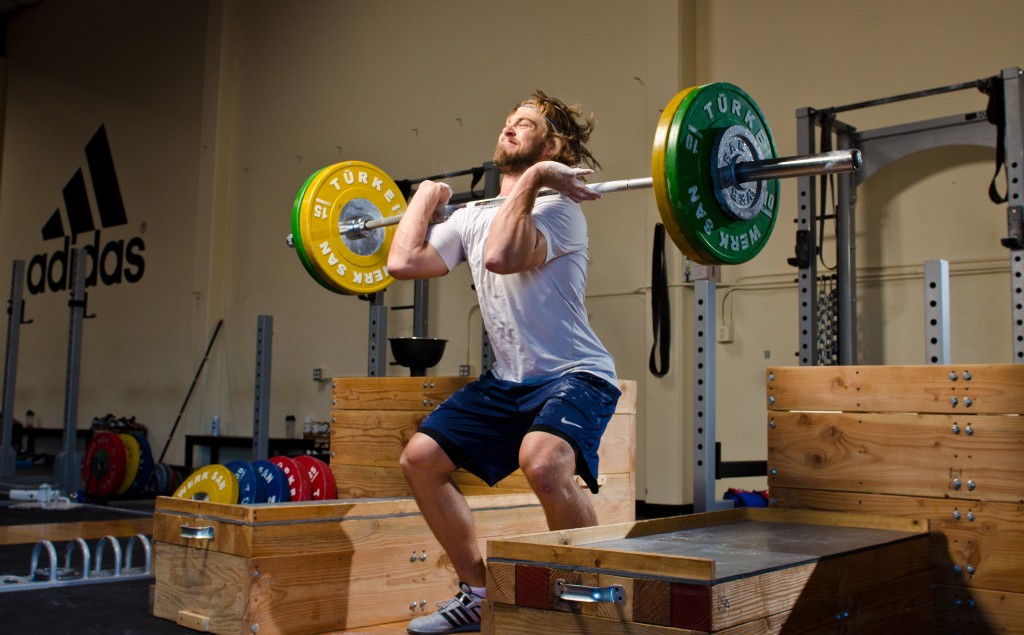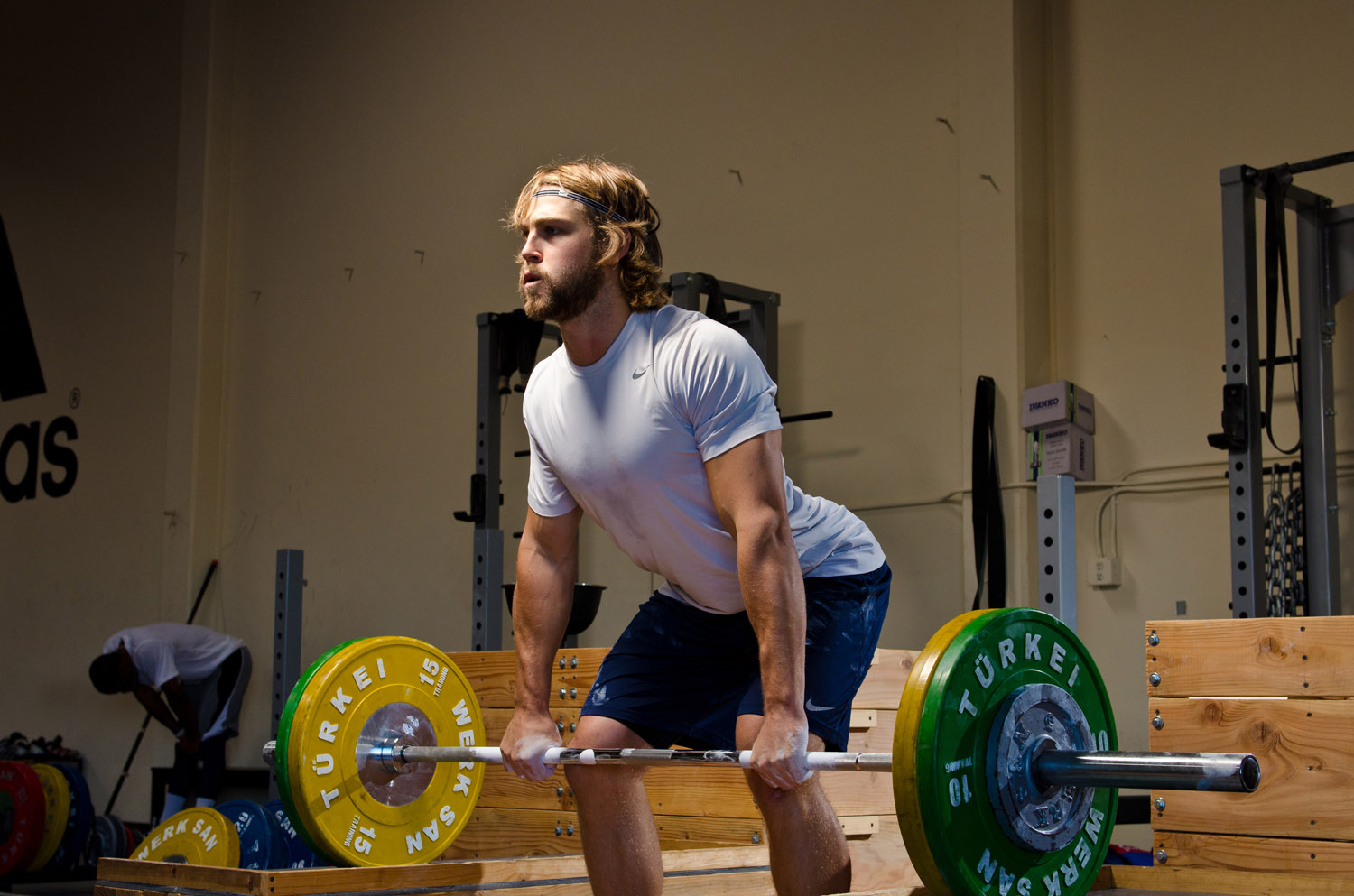
At Sparta, we look at Olympic lifting as a skill – just like sprinting. In the same way that an athlete can spend a lifetime improving their sprint technique, one can also spend a lifetime improving their clean technique. The real key is that the vast majority of our athletes are not world-class sprinters or elite Olympic lifters, but athletes from various sports whose performance can benefit from proficiency in these skills. As a result, a key aspect of our program is breaking all of our skills down into their fundamental principles and creating learning progressions for our athletes.
We break the clean down into its individual parts, and then we actually teach our athletes in reverse order. By reversing the process, we are able to perfect the more static elements of the movement before introducing the more dynamic elements
Many coaches forget about this, but learning that is is OK to drop the weight is actually the first step in learning to clean. The loud noise and banging of rubber plates can be intimidating at first, but this is an important precedent to set so that the athlete learns how to “bail out” of a lift rather that strain for a bad position.

Learning the front rack position is the most often skipped step in teaching the clean. This is key for teaching athletes to “catch” the bar rather than just muscle it up to their shoulders. We always start by perfecting the front squat before learning to clean. This will ensure proper position of both the upper and lower body when we eventually build into full clean progressions.
As with the clean as a whole, we learn to set up for the pull from the top down. This first step is create angles with the ankles, knees and hips. In this position, the bar should be in contact with thigh, the knees are slightly bent, the hips are slightly back, and the shoulders are slightly forward over the bar. One of the keys to this position is to spread the chest and retract the shoulders and the arms are locked in and slightly internally rotated. This internal rotation guides the bar upwards and prevents the bar from being pulled out away from the body.

The pull can be the most complex portion of the clean. We teach athletes to “brush” against the high thigh as they accelerate the bar with their hips. This contact initiates extension of the hips and helps athletes avoid overusing the back as they pull. Another rationale is the contact of the bar with the thigh encourages the bar to spin (if it is a good bar) into the hands for an easier catch. We spend time drilling this brush position as the most important element of the pull.
Just like using wall drills to teach acceleration angles for sprinting, we use the Drop Clean to re-enforce angles for accelerating the bar during the clean. The goal of these angles movements is to improve efficiency and consistency of technique. The result is faster, heavier lifts with less effort
Respect the skill of every movement that you do, and think about how all the pieces work together. You might find that teaching movements in reverse is the best way to learn the positions and sequence of each skill.